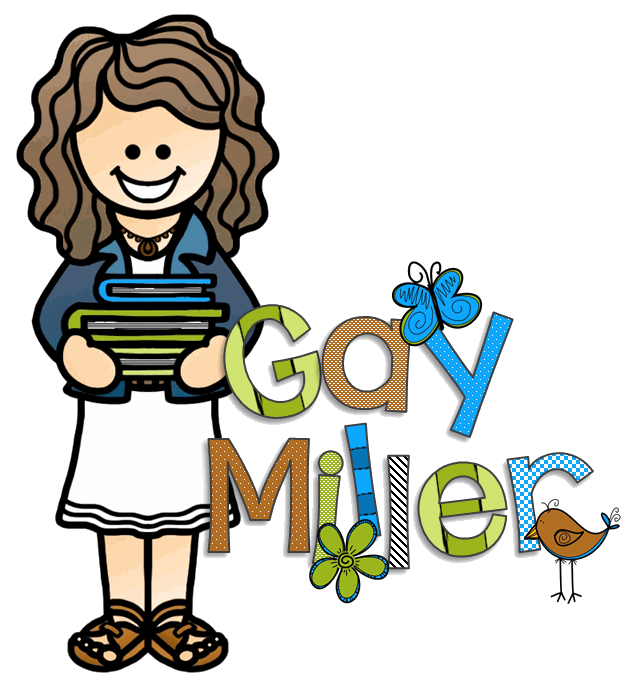
Double negatives have a way of creeping into everyday speech—and even more so into the music students love. That’s what makes them the perfect grammar target: tricky enough to challenge learners, but familiar enough to spark curiosity. Even better? You can turn their favorite songs into your secret weapon for teaching it.
In this post, you’ll discover how song lyrics can be a grammar teacher’s secret weapon. I’ll share rules, examples, a printable handout, and practice activities that will help your students spot double negatives faster than they can say “I ain’t got no pencil.”
Be sure to get the handout. It includes the printables you need to complete some of the activities.
Teaching Double Negatives using Song Lyrics
Teaching Double Negative Rules

Double negatives happen when two negative words appear in the same sentence. You’ve probably heard something like, “I don’t need no help.” Sounds dramatic, but it technically means the opposite of what’s intended. In English, two negatives make a positive—kind of like math but with sass.
Here are the basics your students need to know:
- Use only one negative word or phrase in a sentence.
- Use positive words to say positive things. (Example: “I agree” sounds more polished than “I ain’t got no opinion.”)
- Replace words like “never,” “no one,” and “nothing” with “not” when needed to clean up messy grammar. For example, say I don’t have anything.” instead of “I ain’t got nothing.”
A good rule of thumb: If your sentence sounds like it came from a country song, double-check it for extra negatives. 🎶
Double Negative Charts
Include a handy chart of common negative words like never, no one, hardly, nothing, don’t, can’t, hasn’t—this helps students visualize where their writing can go off track.
Analyzing Song Lyrics

Music creates meaningful grammar moments. Use lyrics from these classroom-friendly songs to highlight double negatives:
- “Ain’t No Mountain High Enough” by Marvin Gaye
- “Oh! Darling” by The Beatles
- “Ghostbusters” by Ray Parker Jr.
- “Hound Dog” by Elvis Presley
- “Another Brick in the Wall” by Pink Floyd
- “Don’t Stop the Music” by Rihanna
- “Ain’t No Rest for the Wicked” by Cage the Elephant
- “Somebody to Love” by Queen
Challenge students to spot the double negatives and explain how they affect the meaning. Bonus: discuss how lyrics bend grammar for tone, emotion, or rhythm.
The Significance of Double Negatives in Song Lyrics:

Yes, we teach students to avoid double negatives—but songwriters break the rules on purpose. Why? Because it sounds cool.
Let’s break down a few examples.
- “Ain’t No Mountain High Enough” – This phrase ramps up the emotion, making the message stronger. It’s not just love—it’s epic love.
- “Oh! Darling” – The double negative cranks up the drama. The Beatles knew how to tug heartstrings and bend grammar.
- “Ghostbusters” – The double negative adds a playful tone that matches the movie’s fun, spooky vibe. Who ya gonna call? Definitely not your grammar teacher.
Practice Exercise: Identifying and Correcting Double Negatives
Wrap things up with a practice sheet where students rewrite double-negative-packed song lyrics correctly. It’s like karaoke, but with punctuation.
By turning music into a grammar lesson, you’ll have students correcting double negatives and bopping along to the beat. They’ll gain a better understanding of how language works and maybe even start catching double negatives on their own—because nobody don’t like a little grammar mixed with fun. 😄
Looking for a way to make grammar stick? These TPT lessons combine video instruction, animated shorts, and printable games to bring grammar to life. Students get clear visuals, engaging stories, and fun practice with concepts like prepositions, punctuation, and verb tenses—all in one easy-to-use bundle.




4 comments
Skip to comment form
I am thoroughly enjoying your blog and website. I was recently moved to a 4th and 5th year class, where I teach montessori education. It is a public school, so I must to still be mindful of state standards while trying to keep the integrity of the program. I am having a difficult time finding quality practice for ela reading literacy. What resource do you use? I also love your hanging wall charts. How do you know which book to put things in if you are hanging multiple charts?
Author
Hi Erika,
Thank you so much for taking a look at my blog. It is fairly new. I just starting blogging about 6 months ago. Unfortunately, I have not done a good job organizing my wall charts. I usually just grab one that I no longer need the chart to show and make something new. I teach reading completely from units I create. For English, I like Easy Grammar and Capitalization and Punctuation.
I was wondering, is this meant to have a freebie activity? Ok, sorry, just found my answer to that one. It was scrunched up on the side of my browser.
I would also like to take the opportunity to ask you if you do any listening comprehension activities with animated shorts, songs or similar.
Thank you and thank you for all your tips and ideas!
Author
I have a number of blog post series using different types of media. Here are a few:
Teaching Text Structures with Songs
Teaching Persuasive Techniques with Commercials
Teaching Types of Conflict with Movie Trailers